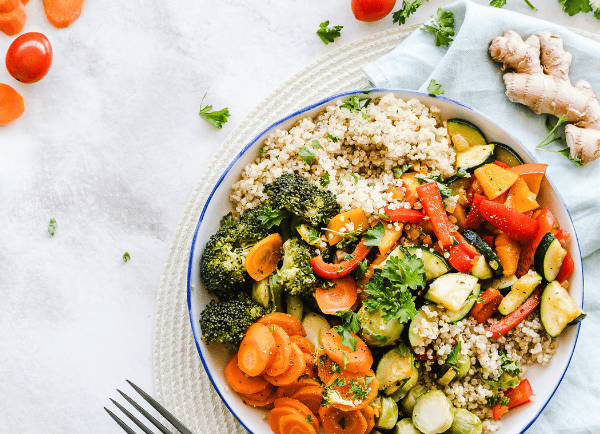Diet after c section
healthy mothers healthy baby
LIFESTYLE HEALTHCARE FOOD


Post-C-Section Diet: What to Eat for a Healthy Recovery
Bringing a new life into the world through a C-section is a remarkable journey, and it comes with its own set of challenges, including the need for proper post-operative care and nutrition. After a C-section, your body needs time to heal, and a well-balanced diet plays a crucial role in aiding the recovery process. In this blog, we'll discuss what to eat after a C-section to promote healing, boost energy levels, and support overall well-being.
Hydration is Key:
Before diving into specific foods, it's essential to prioritize hydration. After surgery, your body may be dehydrated due to fasting before the operation and the loss of fluids during surgery. Drinking plenty of water is essential to maintain proper hydration levels. Aim to consume at least 8-10 glasses of water daily, and consider adding electrolyte-rich fluids like coconut water or clear broths to help replenish lost nutrients.
High-Fiber Foods:
Constipation is a common issue after a C-section due to pain medications and reduced physical activity. To prevent this, include high-fiber foods in your diet. Opt for whole grains like brown rice, quinoa, and whole wheat bread. Fruits like apples, pears, and berries, as well as vegetables like spinach and broccoli, are also excellent sources of fiber.
Protein for Healing:
Protein is a crucial nutrient for tissue repair and recovery. Include lean sources of protein like chicken, turkey, fish, beans, lentils, tofu, and Greek yogurt in your meals. Protein-rich foods will help your surgical incision heal and rebuild muscle tissue.
Incorporate Healthy Fats:
Healthy fats, such as those found in avocados, nuts, seeds, and olive oil, provide essential fatty acids that aid in reducing inflammation and supporting overall health. They are also vital for breastfeeding mothers as they help in the production of breast milk.
Iron-Rich Foods:
C-sections can lead to blood loss, which may result in decreased iron levels. Incorporate iron-rich foods like lean red meat, poultry, beans, lentils, and fortified cereals to help replenish your iron stores and prevent anemia.
Calcium and Vitamin D:
Calcium is crucial for maintaining strong bones, and vitamin D helps your body absorb calcium. Dairy products, fortified plant-based milk, leafy greens, and fish with edible bones are excellent sources of calcium. Spend some time outdoors to get natural vitamin D from sunlight, or talk to your healthcare provider about vitamin D supplements if necessary.
Omega-3 Fatty Acids:
Omega-3 fatty acids are known for their anti-inflammatory properties. Include fatty fish like salmon, trout, or mackerel in your diet to help reduce inflammation and support brain health, especially if you're breastfeeding.
Small, Frequent Meals:
After a C-section, you may not have a hearty appetite, and lying down can make digestion more challenging. Opt for small, frequent meals to provide a steady supply of nutrients and energy without overwhelming your digestive system.
Avoid Processed and Sugary Foods:
Processed foods and excessive sugar can lead to inflammation and hinder the healing process. Limit your intake of sugary snacks, fast food, and processed meals. Instead, opt for whole, nutrient-dense foods.
Listen to Your Body:
Lastly, pay attention to your body's cues. If certain foods cause discomfort or digestive issues, consider eliminating or reducing them from your diet. Always consult with your healthcare provider if you have specific dietary concerns or restrictions.
A balanced and nutrient-rich diet is essential for a smooth recovery after a C-section. Prioritizing hydration, fiber, protein, healthy fats, and essential vitamins and minerals can help promote healing, boost energy levels, and support overall well-being. Remember that every individual's recovery is unique, so it's essential to consult with your healthcare provider or a registered dietitian to create a personalized post-C-section diet plan that suits your specific needs and preferences.


